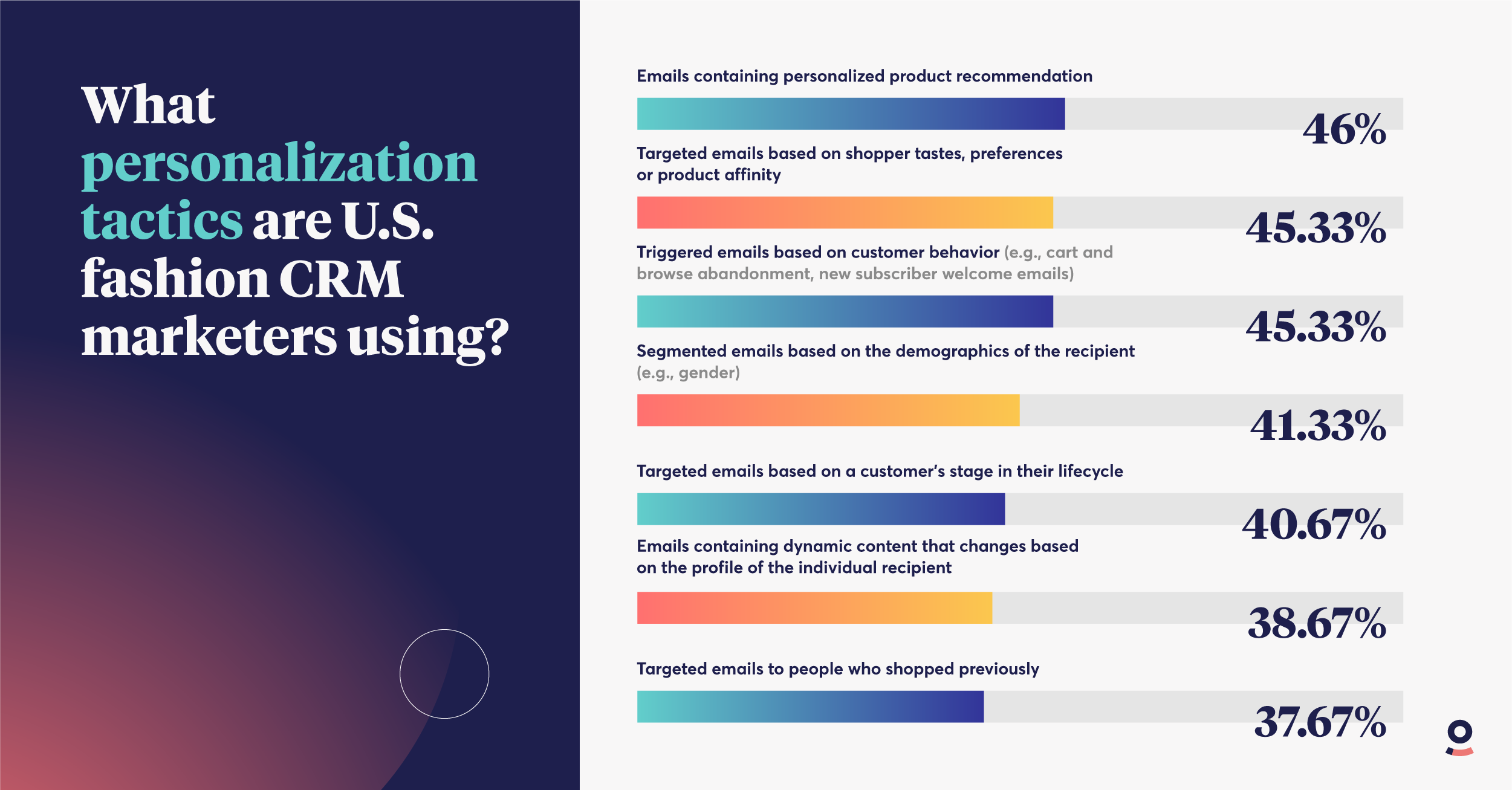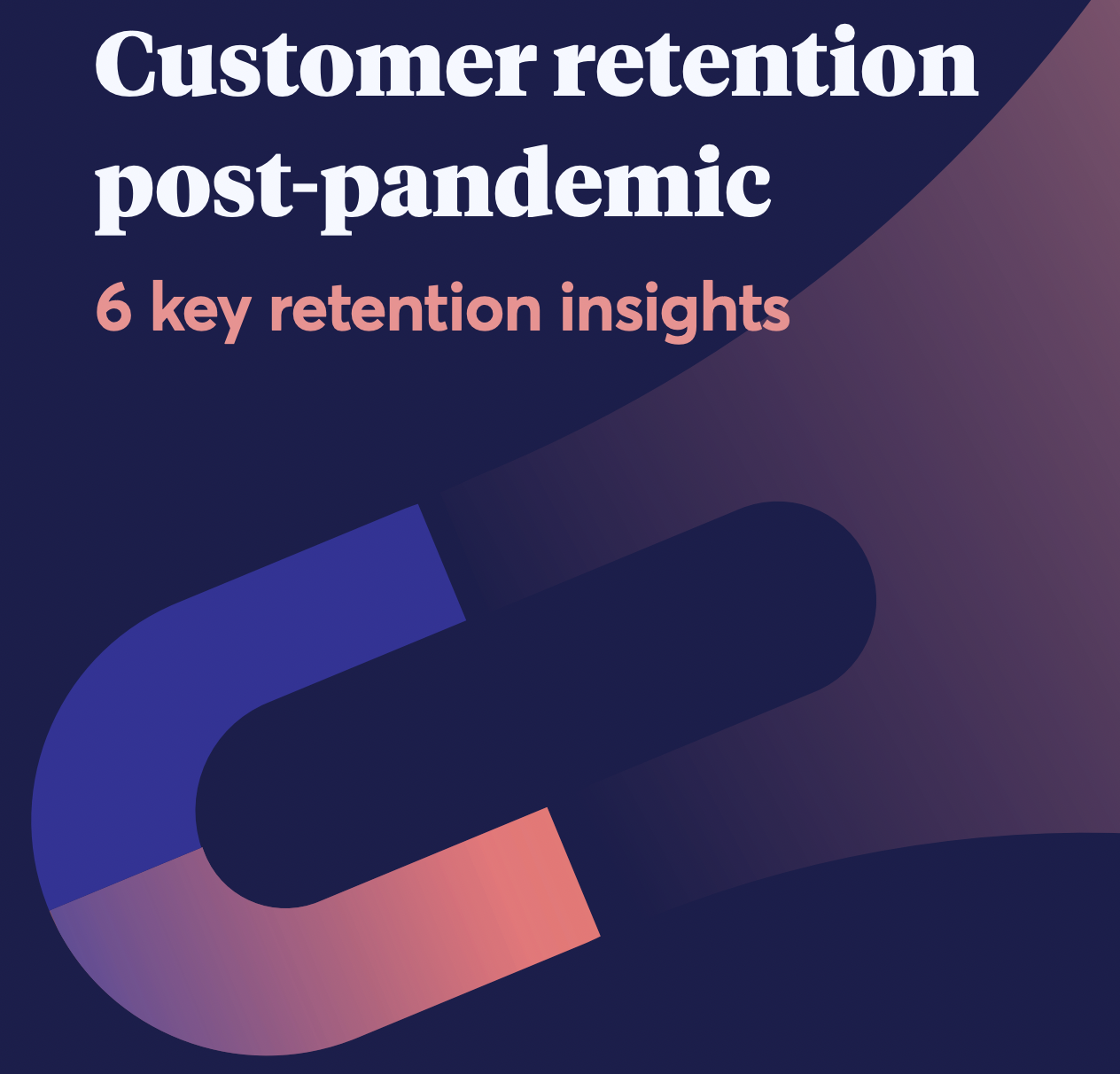If you’ve been watching the marketing technology space for the last decade, “personalization” might actually sound like a pretty outdated word. Clouds, point solutions, data platforms, ESPs, agencies, and analysts have all been defining it, marketing it, occasionally promising it, and the goalpost has been shifting around even if the language remains the same. But as brands have gotten better at personalization, consumers have expected more of it, and as consumers have expected more of it, brands have pushed the limits with technology more and more such that the concept of personalization can never really be outdated. It’s a living, breathing ideal and it’s measured by the strength of a brand’s relationships with their customers.
Yet, I’ve been in rooms with some of the world’s leading brands and still hear: “True, 1:1 personalization is a pipe dream.” In my head—an optimist who loves technology — I think that’s exactly what true personalization is. Smart data pipes that drive great experiences that better a brand’s relationship with its customers is a dream that’s recently been made . And this is a pipe dream that most solutions get horribly wrong for reasons to be explored in another piece. For this one, we wanted to understand what was stopping retail marketers from achieving personalization, and what was feeding into this sense that it can’t be done.
We asked 300 CRM Marketers at fashion brands what they believed the best methods of achieving competitive differentiation from other retailers would be. It was no surprise to us that “Greater use of personalization” was among the top two answers given, with 40% of marketers selecting it.
To get the other side of the equation, we surveyed 2,000 US fashion consumers to ask them what they felt made them feel more valued in the communications they received from retail brands. What came out as number one? Being offered promotions and perks that retailers don’t offer everyone else, which was described by 39% of consumers as making them feel “Very valued”. When people feel understood, they feel valued. We are all in constant state of giving clues to help brands understand them whenever we browse, buy, bounce, or linger. We expect that behavior to feed into a better understanding, which should translate into a better experience.
So it should come as no surprise then that there is also a potential cost associated with not personalizing communications to customers. We found that the top things that annoy customers the most about retail communications are:
Any combination of these non-personalized actions can be deadly for a brand. And if you are competing with other retailers for your customers’ attention, the bare minimum you should be aiming for is not annoying your customers.
You can read the full report here, but let me take you through a few of the key findings now.
Only 16% of the consumers we surveyed agreed with the following statement: “the retailers I receive marketing from understand my personal tastes and interests”. Less than half of consumers said they agreed with that statement, and female respondents were less likely to agree than male respondents. Clearly this shows that retailers have room to improve on personalization.
What surprised us is that marketers are not deploying a wide range of personalization techniques. We asked marketers what personalization techniques out of a list of seven they used, each technique was deployed by fewer than half of the marketers surveyed. The most popular technique – Emails containing personalized product recommendations – was used by just 46% of customers.
Things were even worse when we asked about emails based on the context and background of the customer – their demographics, what they had bought previously, their stage in the lifecycle. On average, out of the seven tactics we mentioned, the average marketer deploys just 2.3 of them. 
So why does this execution gap exist? Retailers know they need to be creating personalized journeys but they are struggling to. Let’s take a look at some of the major reasons why.
It’s reasonable to guess that retailers don’t have the technology to achieve the level of personalization they are aiming for. However when we asked retailers if the marketing technology they had at their disposal allowed them to do all the personalization they wanted to do, 94% agreed.
Conversely when we asked what limitations marketers felt they and their teams had, 31% said that turning customer insight into personalized campaigns was something they were lacking. 30% felt as though they were unable to target specific customer segments based on behavioral data. Clearly there is a difference between having technology that, on paper, technically does all the personalization you want to do, and actually being able to use it to do that personalization.
We believe that for these brands, the technology poses its own limitations. Marketers have the tools that they need in a technical sense but struggle to use them practically – because the tools are so disparate. Marketers lack a centralized platform to be able to orchestrate truly personalized customer journeys.
Creating truly personalized experiences requires context. If I view something on a retailer’s website or I leave something in my cart, then any reaction from the retailer needs to take that context into account, in order to be personalized. From a retailer’s perspective, sending a message about a product a customer has never shown any interest in is taking a risk. From the consumer’s perspective, they think why are you wasting my time with this?
This data needs to be in real time. If I leave something in my cart, close the browser, and then come back and purchase it later, I should not receive an email about the item I’ve just bought. But we see retailers do this time and again. Worse yet, getting a notification about a drop in price of a product you’ve just bought is infuriating as a customer. 82% of consumers said this actively annoyed them, according to our survey.
Marketers struggle to get this real-time data at their fingertips. 43% of our marketer respondents said that they had to ask their data or insights team to produce data reports for them. 37% said they had to build segments in one platform and export that over. Only 2% of those we asked had no frustrations with their data.
Lacking this real time data simply means that it’s impossible to do personalization correctly. It cannot work if your trigger and automation campaigns aren’t taking into account what happened earlier that day, or week.
What’s clear from surveying retail marketers is that it’s not an issue of passion or focus – retailers want to be able to provide these great experiences. While we are in peak period, at time of writing, there is an incredible temptation to try and do just about everything possible in personalization terms.
We talk about personalization as an end goal, but really it needs to be seen more as a journey. It starts with getting the data and the technology in order, but from there, when you are faced with so many options of different cohorts and segments and demographics to target, where do you start?
Talking to retailers we find that many of them know they have gold in their data but they just don’t know how to prioritize and analyze the data in order to see the next step they should take that will move the needle.
All of this is incremental. We analyzed data across our customers and put together a guide to 6 Insights that retention marketers need to know. One of those insights is that a 10% increase in repeat rate leads to a 4-6% increase in revenue over the following 12 months, meaning that incremental improvements have a massive effect on your business. Without a clear view on customer insights and predictive segmentations, retailers have little chance of getting to grips with personalization.

The final point is particularly relevant to peak period. With Black Friday and Christmas, there is a huge amount to win. In the US there is increased consumer confidence within the middle class, especially after years of being squeezed, so the opportunity is huge. The targets that retailers need to hit are getting bigger and bigger.
The temptation at this stage is just to send more and more emails. Even if CRM marketers know that the best thing to do is to be more targeted and ultimately send fewer, more relevant emails, that doesn’t always satisfy their boss. If marketers are short of their targets, then there is an incredible temptation and pressure to send another batch-and-blast email.
With these targets looming, it is much easier to send lots of generic emails, than relatively few highly targeted ones. And in the short term, the results may end up being similar, but in the long term, you’re burning through contacts and annoying your customers to the point where they will start to drop off and disengage.
What marketers need to be able to do is point to the data and the insights they’ve got from their audience and present a case that says that personalization is the way forward and fewer, better emails will be a greater outcome for everyone.
It’s most likely a combination of the above reasons. There is a clear desire to do it, but marketers struggle to connect the tools, the data, the insights and the direction in order to achieve it.
That’s where Ometria comes in. We are a Customer Data and Marketing Platform, bringing all customer data into one central place, and providing retail marketers with predictive customer insights that they can turn into marketing campaigns across all channels. Our Retail Success model produces a customized plan for each retailer we work with to help them find the opportunities in their data, and turn them into revenue growth.
To find out more, get in touch with us today.
Ometria is committed to protecting and respecting your privacy, and we’ll only use your personal information to administer your account and to provide the products and services you requested from us. You may unsubscribe from these communications at any time. For information on how to unsubscribe, as well as our privacy practices and commitment to protecting your privacy, please review our Privacy Policy.
Take the first step toward smarter customer marketing